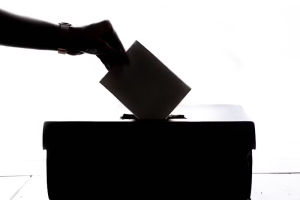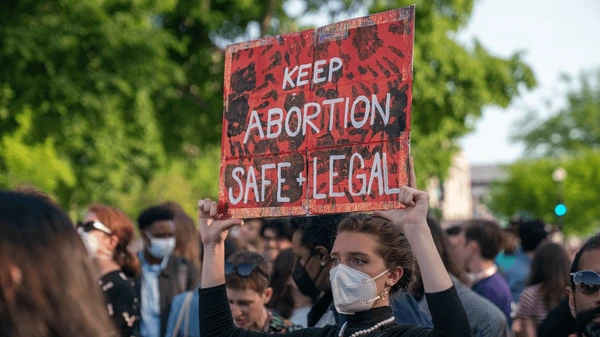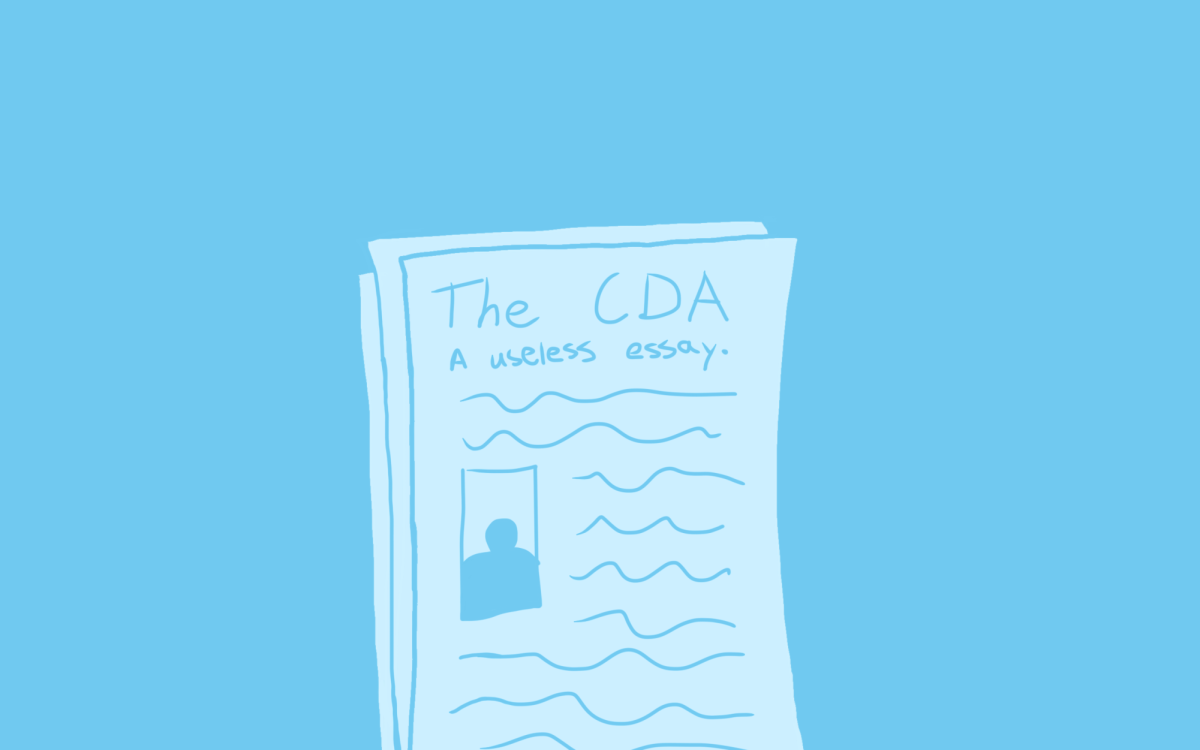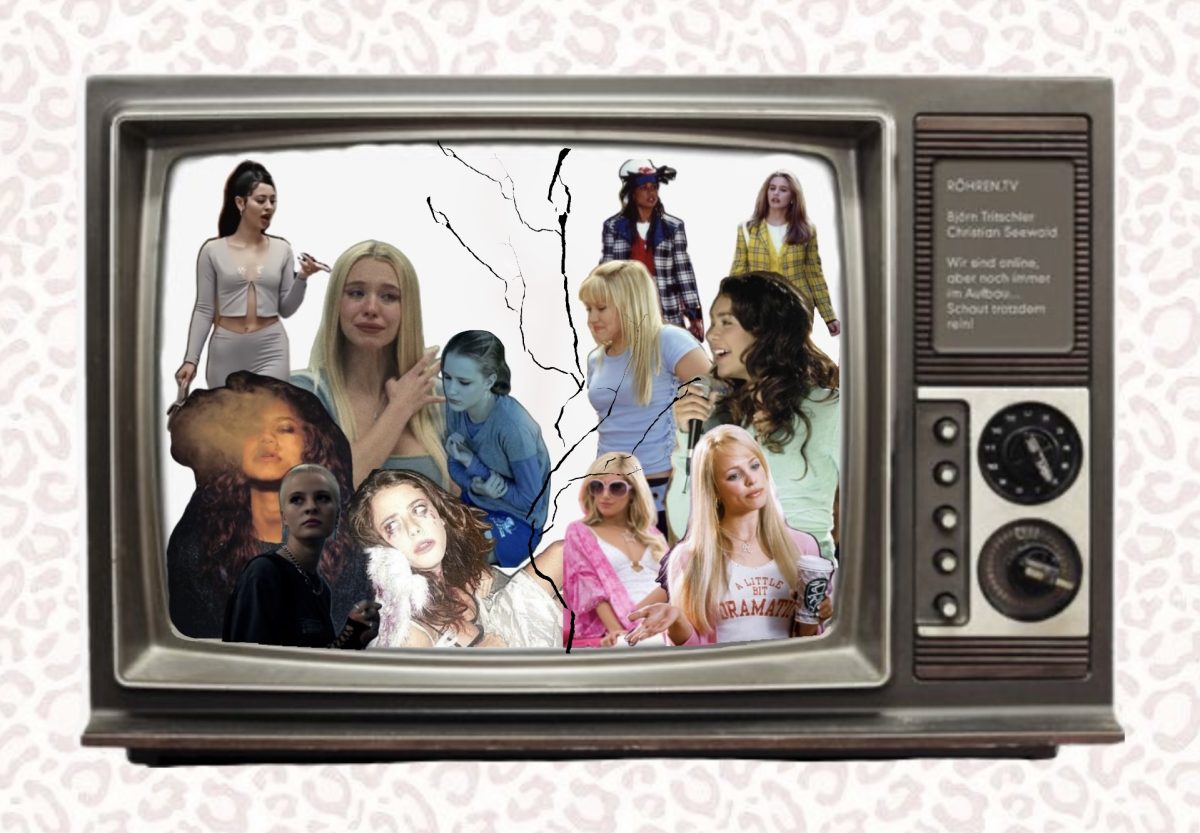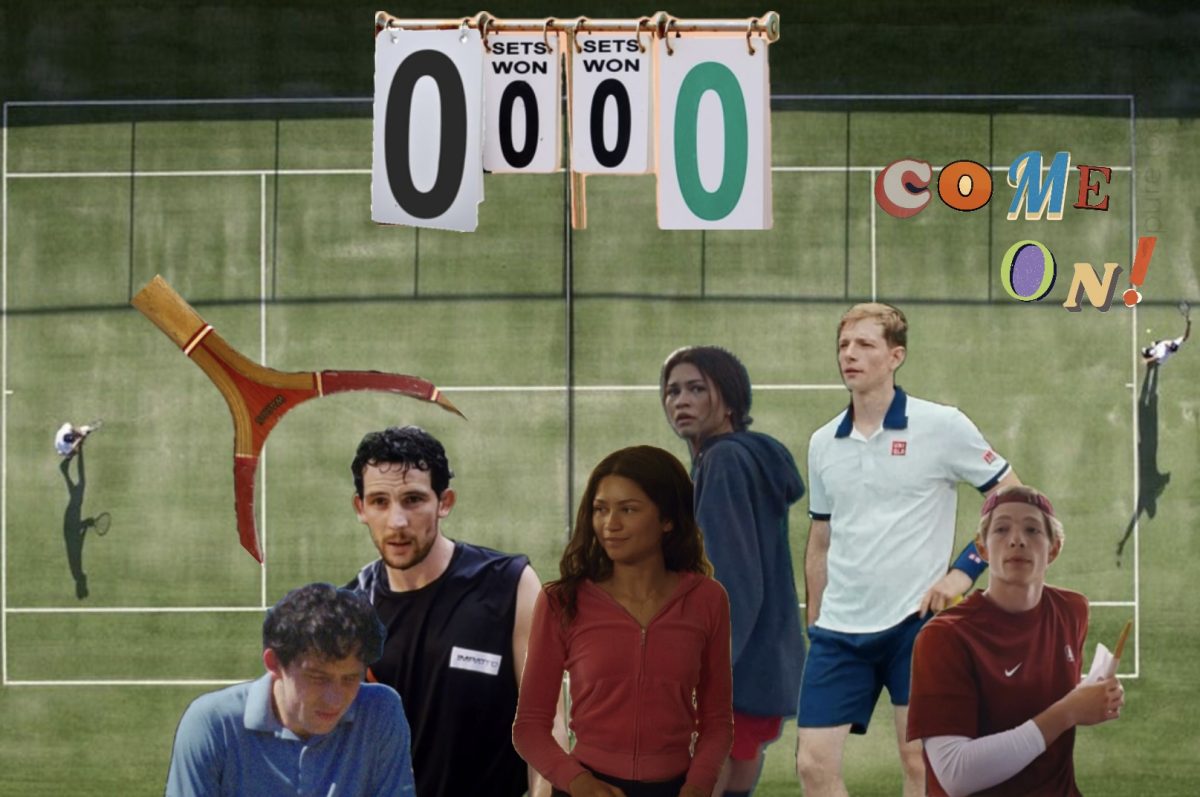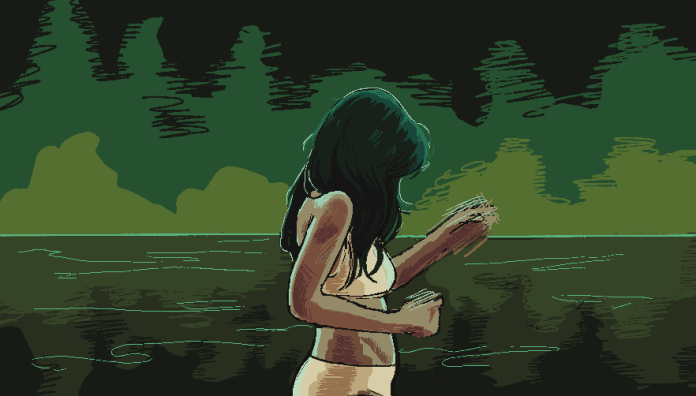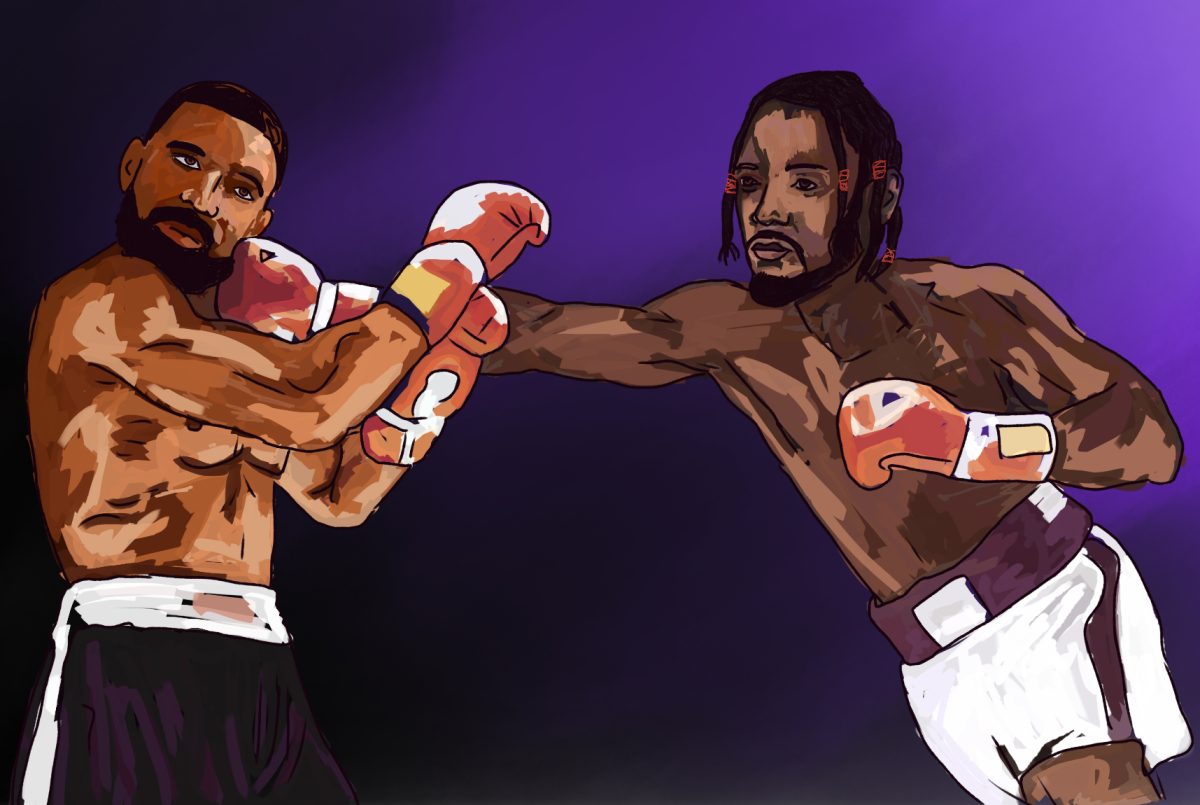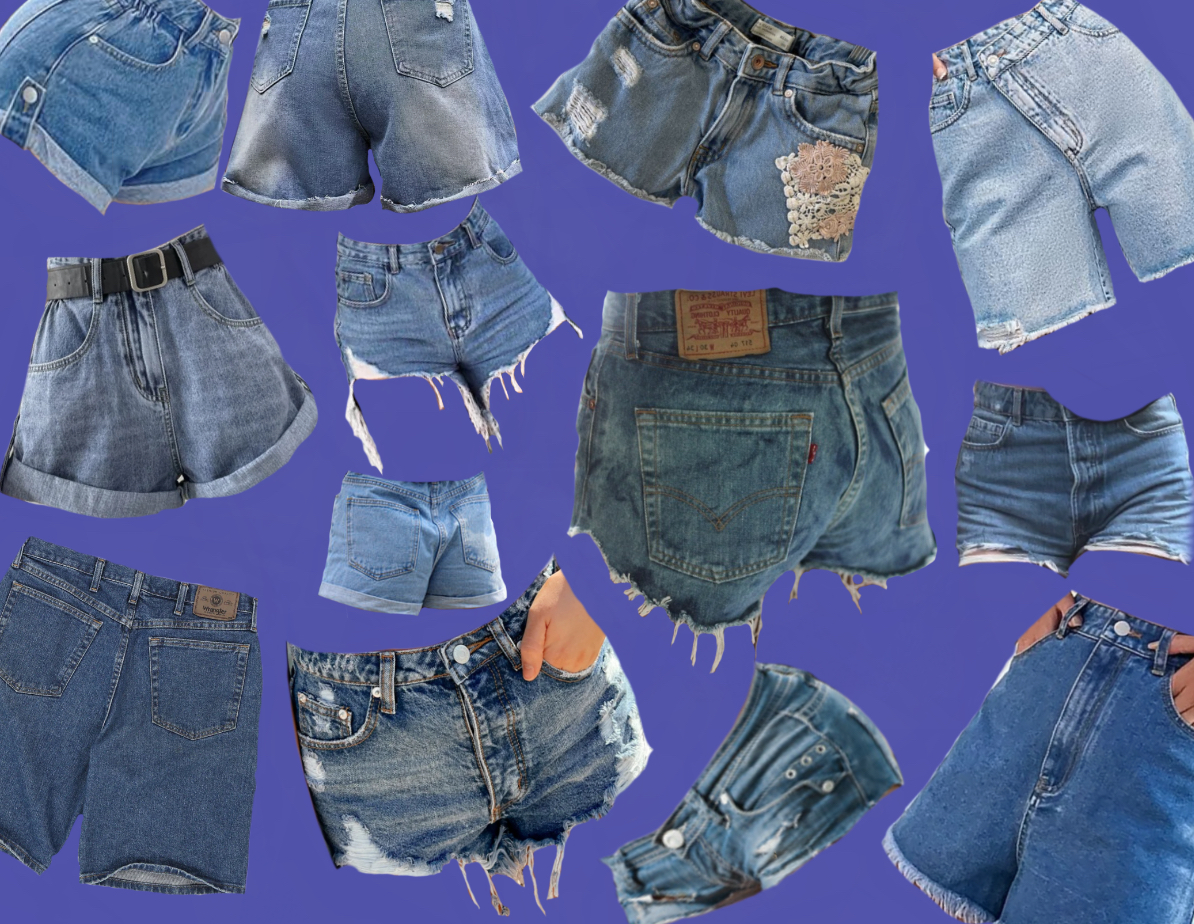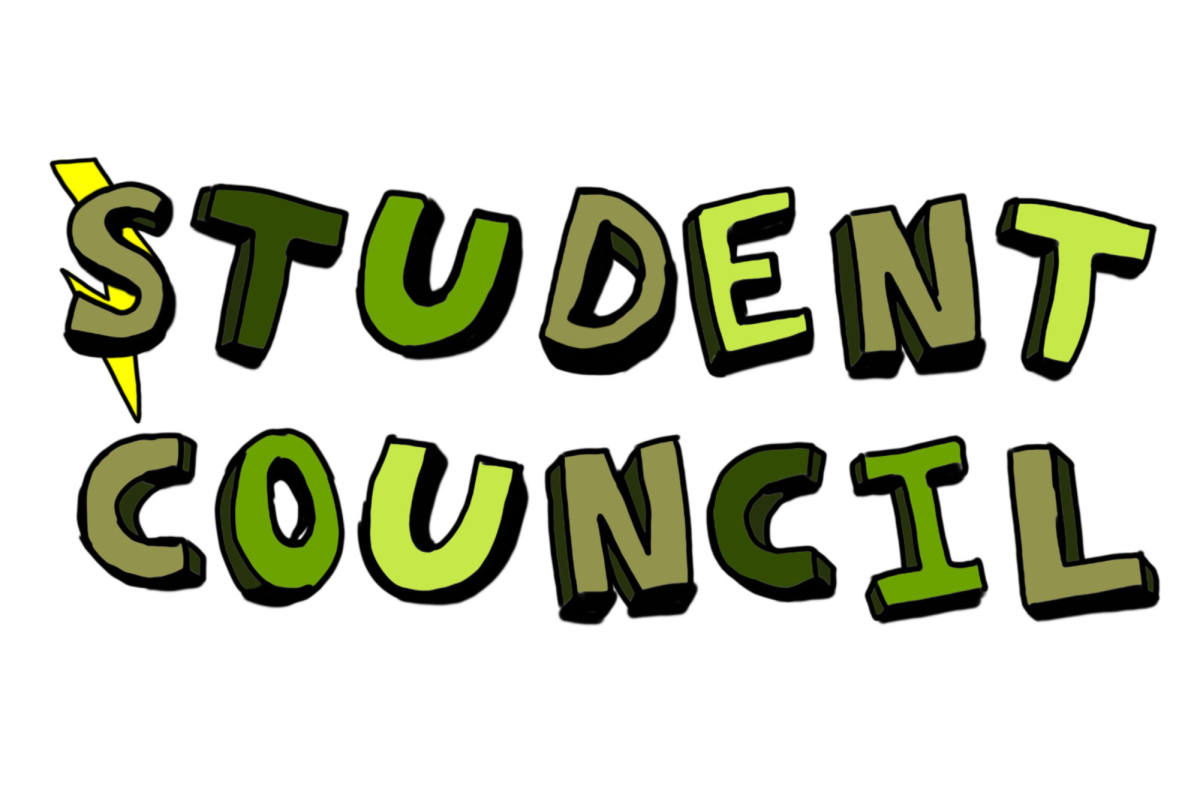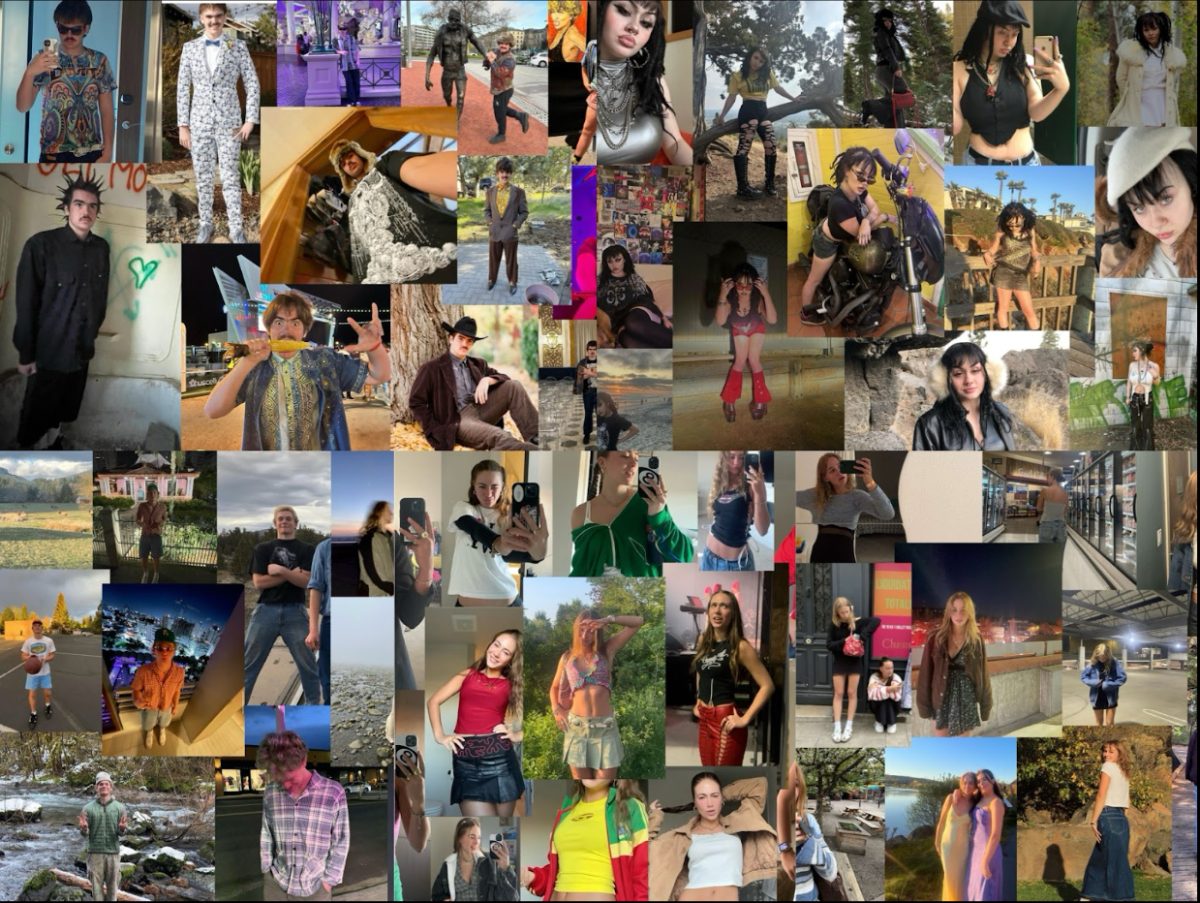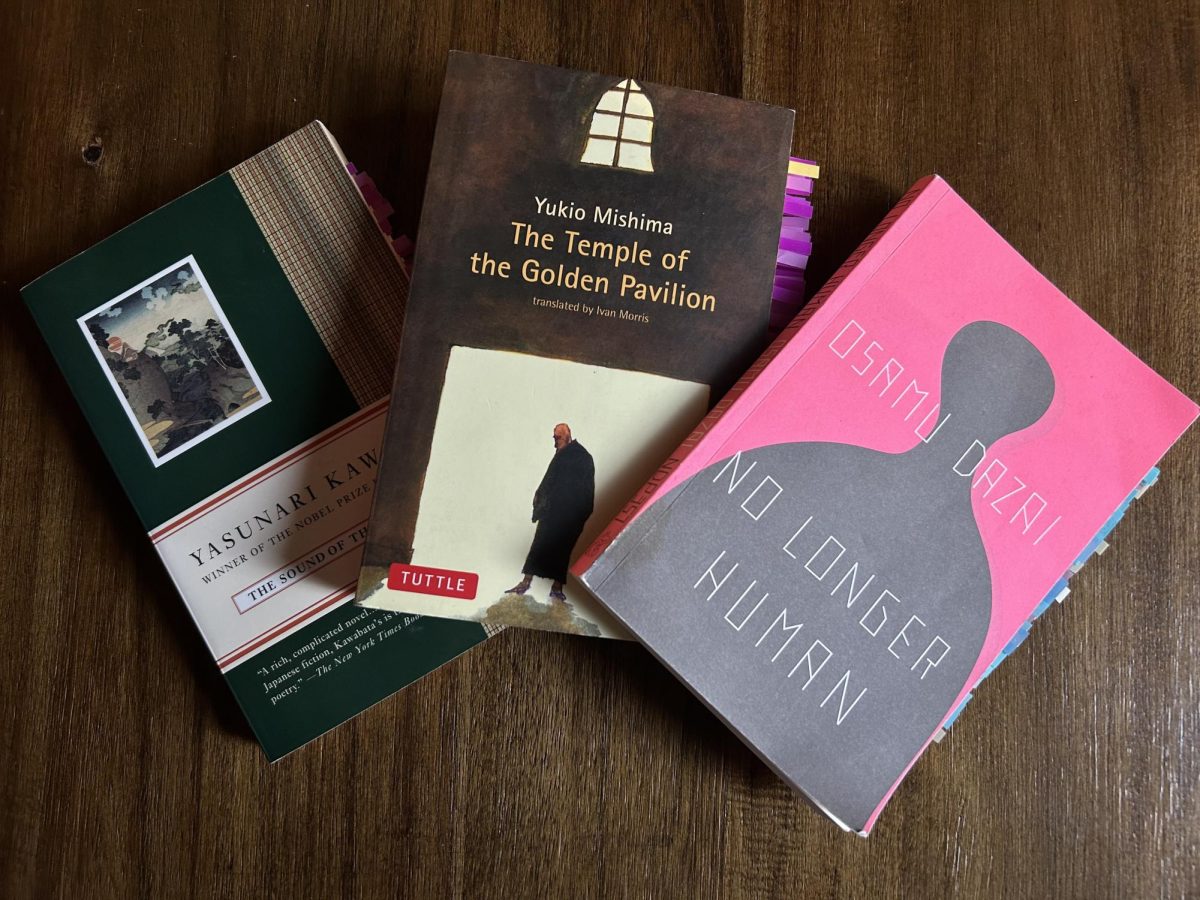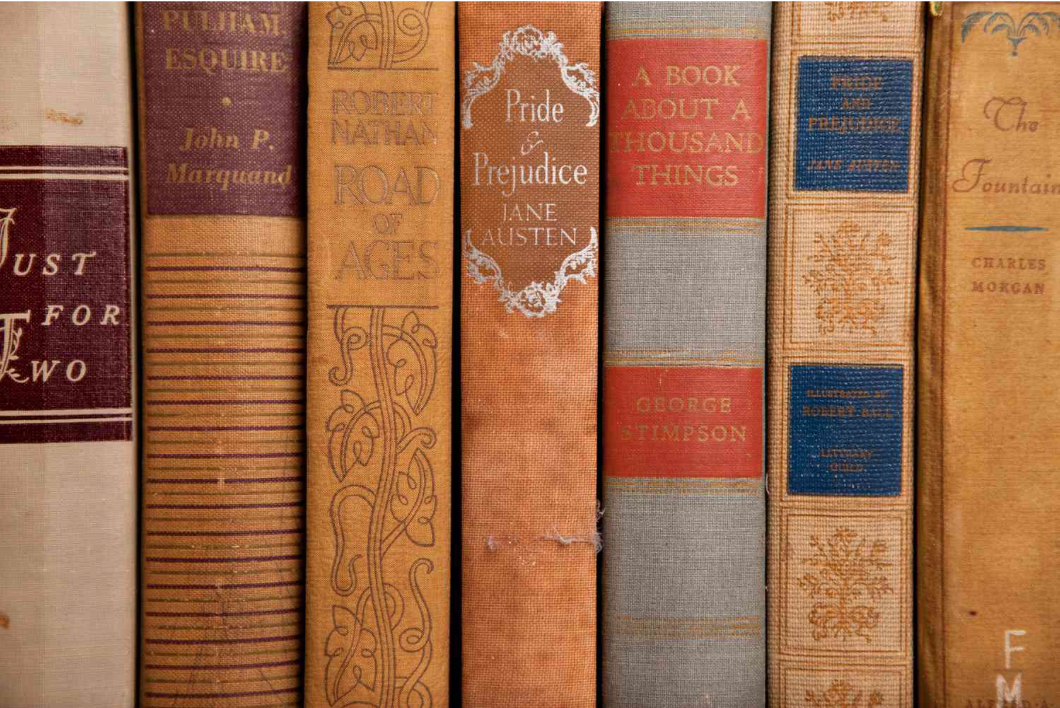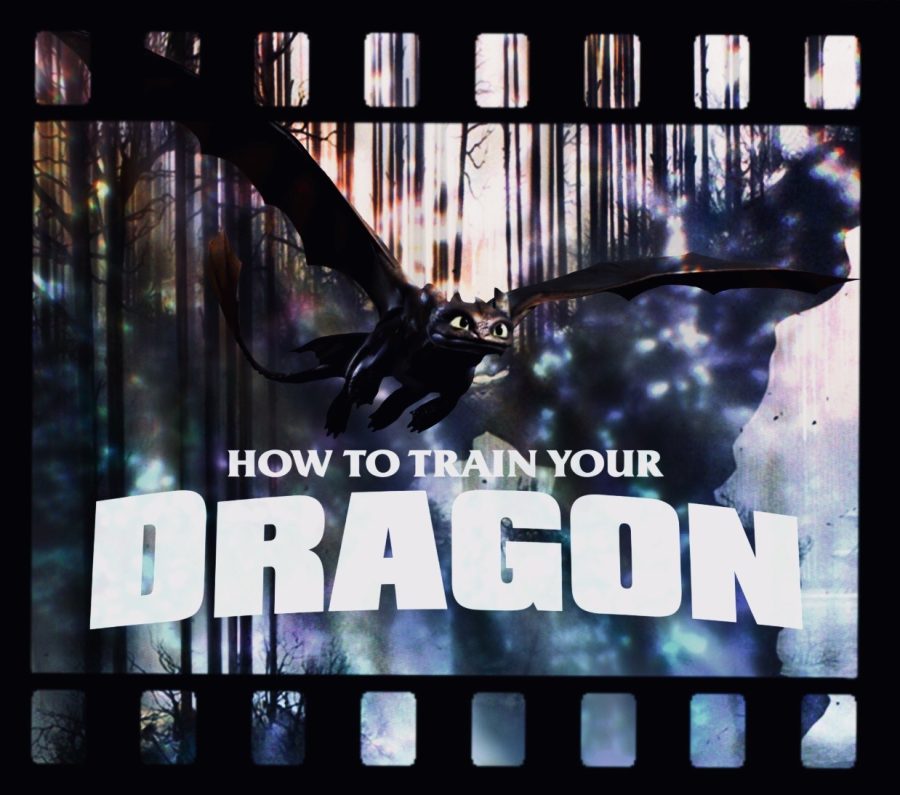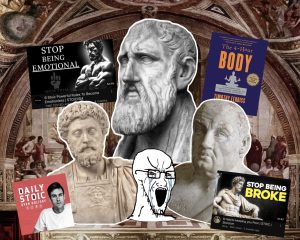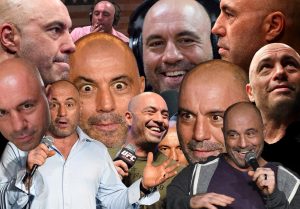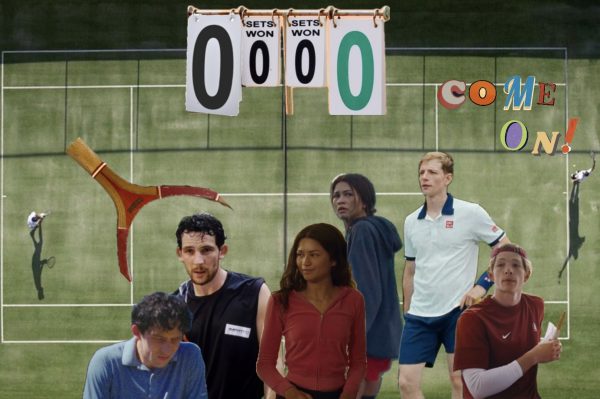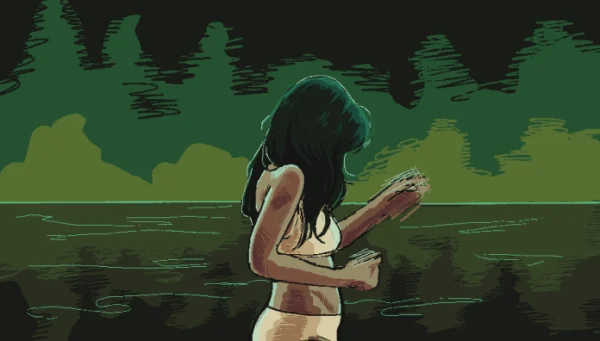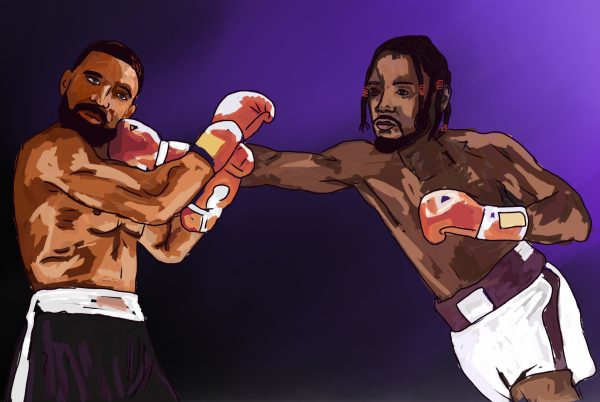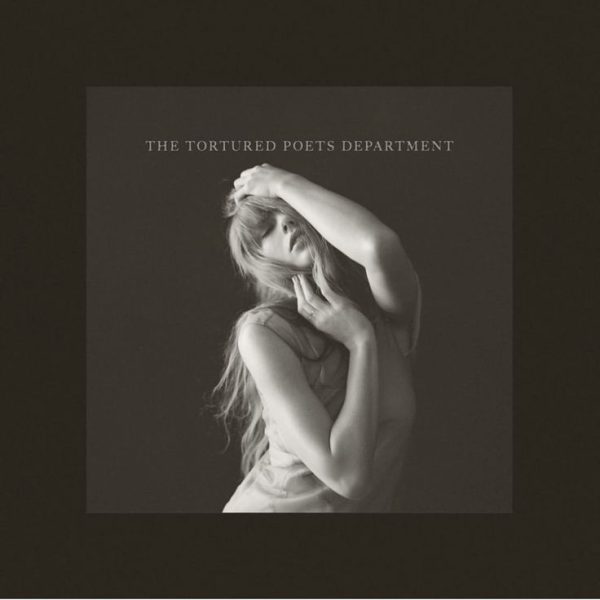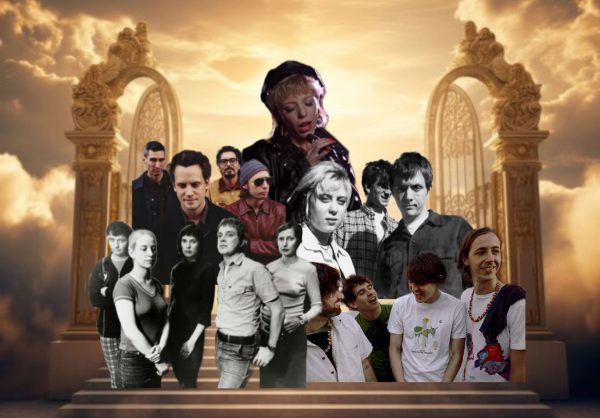Review of “How To Train Your Dragon: The Hidden World”
Why It Failed Where The Others Succeeded
May 24, 2022
Big-name studios are well-known for their ability to drag a series out to the bitter end, squeezing every last penny from viewing audiences. At the beginning of this process, sequels expand on an existing world based around the artist’s passion and excellent previous reception. Later, they devolve and disregard any previous plot and character development, solely driven by a corporate scramble for money. Somewhere in the middle, these films just don’t live up to the expectations of fans.
The latest in this trend is the third film of the beloved “How to Train Your Dragon” series, “The Hidden World”, which fans are still reeling from.
Animation is typically frowned on in the world of film and is seen as something that was meant entirely for children. And while this may have been the original target demographic for “How to Train Your Dragon”, many teens and young adults still enjoy the films, having grown up after seeing the original 2010 film in theaters. With twelve years of commitment, fans could better identify the big mistakes of the movie and why they happened; identify why they don’t dislike “The Hidden World”, but didn’t feel as invested in it, either.
But what specifically caused the film to flop?
The “How to Train Your Dragon” franchise has captured many hearts over the past decade, following the emotional story of a young Viking and his dragon.
The films feature Hiccup, the son of Chief Stoick the Vast, as he befriends a Night Fury and turns his back against the founding principle of Viking society; to kill dragons.
Although it may seem like a small issue, one of “The Hidden World”s main faults lie in the design of the love interest; the Light Fury.
A positive quality in the series is the way in which its female characters are presented, especially the dragons themselves. Using Stormfly and Meatlug as an example, their femininity was never questioned just because of their fearsome appearances. Both are female and are acknowledged as such.
However, The Light Fury is the opposite.
Although they are close-related species, the Light Fury is smaller and slimmer than Toothless. His spines and batlike features have been stripped away, in addition to the strong shapes of his face and eyes. Rectangular pupils, for example, gave him an expressive gaze and made him stand out from other dragons. Instead, the skin of the Light Fury is glittery and white, with a round head, large round eyes, and smoother fins.
This, clearly, is a “girl dragon”. How else was the audience supposed to tell? It can’t be argued against, either— glittery scales and a heart-shaped tail makes the message clear.
While her design isn’t terrible, it shows blatant disregard for one of the most beloved features of the series; the female characters don’t have to be feminine to be beautiful.
The main issue with the film is the storyline itself, especially due to the blatant disregard for the development of its characters.
The original films were both heartwarming and tear-filled, portraying important themes of love, loss, and friendship in a unique way. But, “The Hidden World” abandons the previous strength of its protagonists in the bonds of friendship, in addition to basic logic.
When a dragon-killer by the name of Grimmel the Grisly sets his sights on Toothless as the last of his species, the people of Berk decide to protect their dragons and way of life by searching for the fabled birthplace of dragons, the Hidden World.
And where do they start? Oddly, by running away.
An entire civilization of warriors somehow elects to uproot their home of six generations, abandoning the advantage of the home-turf and existing defenses. While the search for the Hidden World was important, it would have made more sense for these battle-hardened people to remain in place, especially since the supposedly-strategic Hiccup is leading them. The antagonist, Grimmel, even points out this fact when he and his warlord employers find the Island of Berk abandoned.
The villagers migrate west to escape persecution, followed closely by the Light Fury; Toothless’s new love interest. And this part of the plot was the most frustrating.
Since the second movie’s release, dragon-lovers have been rooting for Toothless to reunite with a member of his kind. But no one was expecting that this connection would result in him choosing to abandon Hiccup.
The first two films revolved around the friendship between dragon and Viking; in the growth of their bond, and then reinforcement; both going against essentially their nature to be together.
But suddenly, Toothless meets the Light Fury and then must fly on his own; forgetting almost ten years of friendship and following her to the Hidden World. Had Hiccup not disturbed the peace by tracking him down, it’s easy to think that Toothless may never have come back– a fact that goes completely against his development in the first films.
Then, after the final battle against Grimmel, Hiccup gives up his dream that dragons and Vikings can live in peace. In his eyes, they will always be targeted by greedy humans. And while this may be true, he had delivered many speeches preaching that Berk will protect their own. This film failed its arc and broke the hearts of fans as its conclusion led the dragons to the Hidden World, leaving the people of Berk behind.
Overall, this movie wasn’t inherently bad. It just goes against the vision of the original artists and gave fans a less-than-ideal ending.




